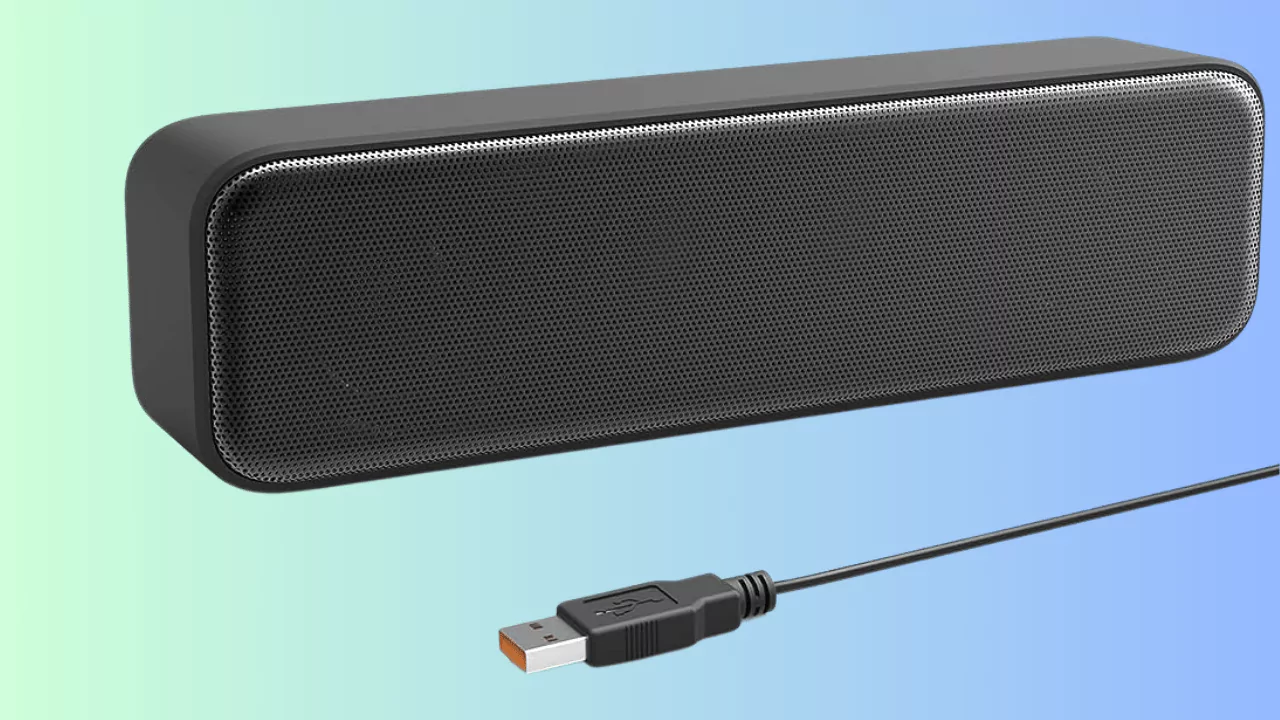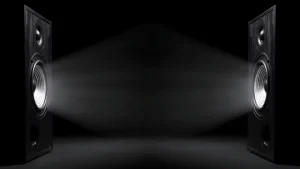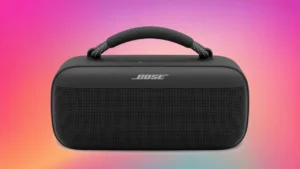To connect speakers to your computer using a USB connection, just plug one end of the USB cable into an available port on your computer and the other end into the speaker, if needed. Once connected, your computer should recognize the speakers, allowing you to play audio through them easily.
In This Article:
Types of Computer Speakers
There are three main types of computer speakers that you can choose from:
- USB Plug-n-Play Speakers: These are speakers that have a USB cable that you can plug into your computer’s USB port. They do not need any additional power source or drivers, and they are easy to set up and use. They are usually small and portable, but they may not offer the best sound quality or volume.
- Wired Speakers: These are speakers that have a 3.5mm audio jack that you can plug into your computer’s headphone or line-out port. They may also have a power cord that you need to plug into a wall outlet or a USB port. They usually offer better sound quality and volume than USB speakers, but they may have more wires and cables to deal with.
- Wireless Speakers (Bluetooth): These are speakers that use Bluetooth technology to connect to your computer wirelessly. They need to be paired with your computer first, and they may also need to be charged or plugged into a power source. They offer the most flexibility and convenience, as you can place them anywhere within the Bluetooth range. However, they may have some issues with interference, latency, or battery life.
How to Connect Speakers to Your Computer?
The steps to connect speakers to your computer may vary depending on the type of speakers and the operating system of your computer. Here are some general guidelines that you can follow:
Choosing the Output on Your Computer
Before you connect your speakers, you need to make sure that your computer is set to use the correct output device for the sound. You can do this by following these steps:
- On Windows 10, right-click on the speaker icon in the lower-right corner of the screen, and select Sounds. Then, click on the Playback tab, and select the output device that matches your speakers. For example, if you are using USB speakers, select USB Audio Device. If you are using Bluetooth speakers, select Bluetooth Audio Device. Then, click Set Default and OK.
- On Mac OS, click on the Apple sign in the top left corner of the screen and pick System Preferences. Pick the Output tab after clicking on Sound. Pick the output device from the list that works with your speakers. If you have USB speakers, for instance, choose USB Audio Device. Choose a Bluetooth Audio Device if you have Bluetooth speakers.
Making the Physical Connections
After you have chosen the output device on your computer, you need to make the physical connections between your speakers and your computer. Depending on the type of speakers, you may need to do one or more of the following:
- Plug the USB cable of your USB speakers into an available USB port on your computer.
- Plug the 3.5mm audio jack of your wired speakers into the headphone or line-out port on your computer.
- Plug the power cord of your wired or USB speakers into a wall outlet or a USB port on your computer, if needed.
- Turn on your wireless or Bluetooth speakers, and press the pairing button on them. Then, go to the Bluetooth settings on your computer, and scan for available devices. Select your speakers from the list, and click Pair or Connect.
Setting Up the Speakers
After you have made the physical connections, you need to set up the speakers to optimize the sound quality and volume. You can do this by following these steps:
- Adjust the volume knob or button on your speakers, if they have one, to your desired level.
- Adjust the volume slider or icon on your computer, if needed, to your desired level.
- Test the sound by playing some music or video on your computer, and check if the sound is clear and balanced.
- Adjust the bass, treble, or equalizer settings on your speakers or computer, if available, to enhance the sound quality.
- Move or position your speakers to improve the sound direction and distribution. Ideally, you should place your speakers at an equal distance from your ears, and at an angle of 45 degrees from your head.




